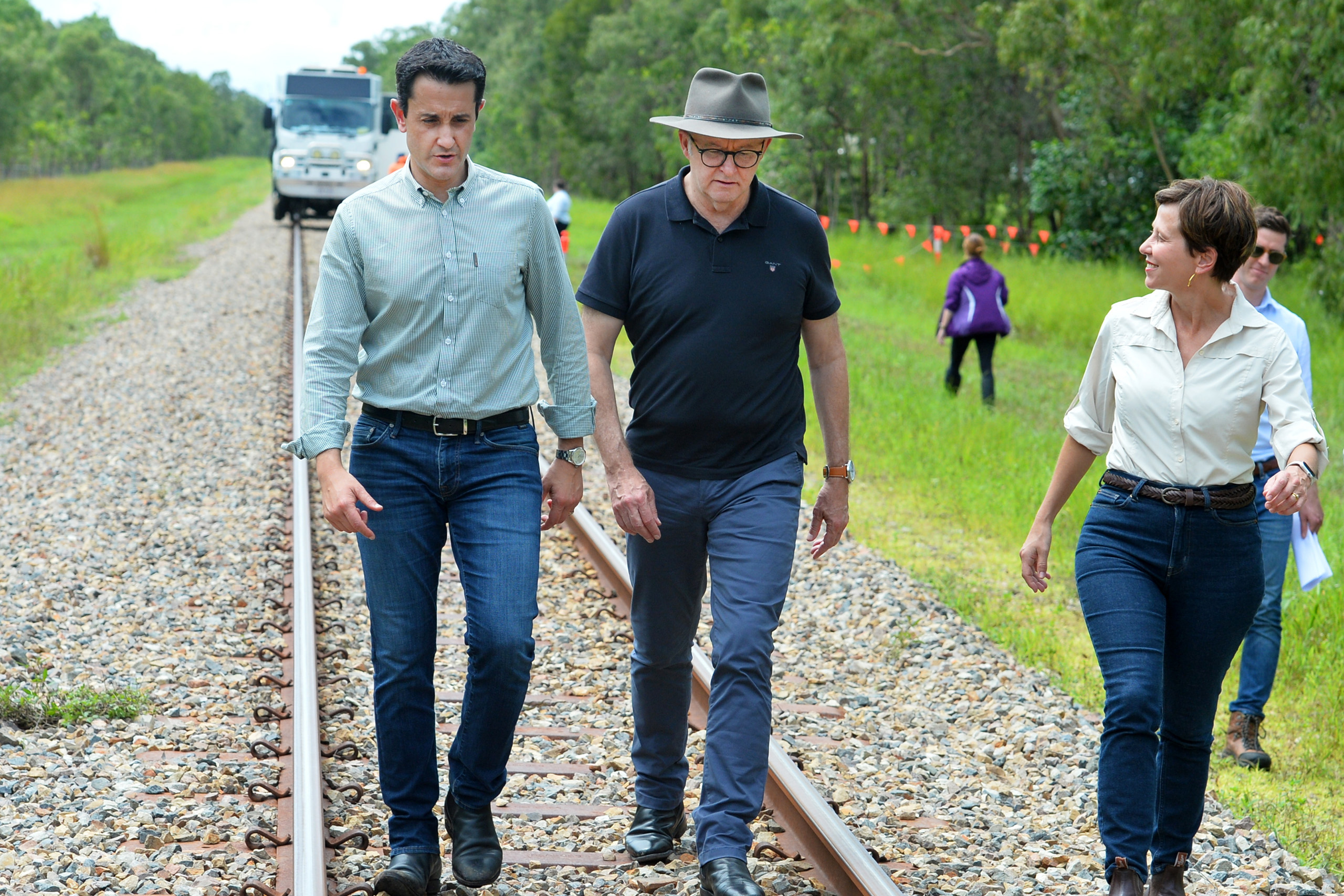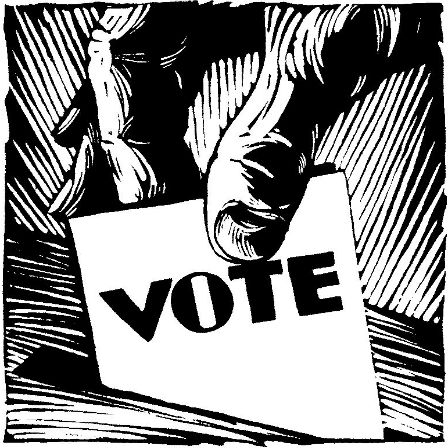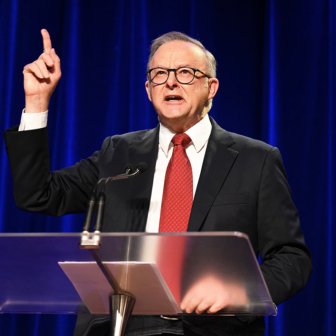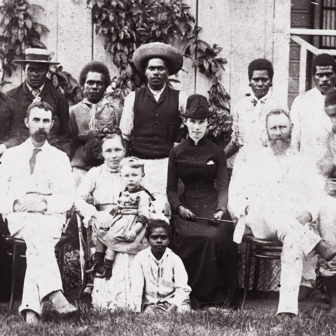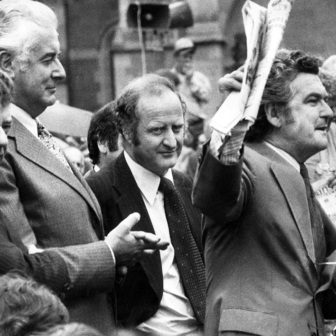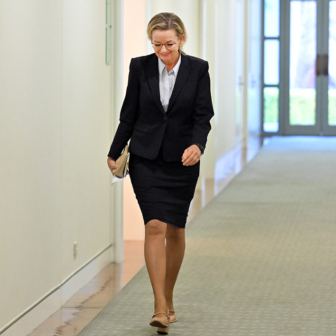How popular or unpopular was the Palaszczuk government in early to mid 2022? Was it a drag on federal Labor’s Queensland vote at the 21 May election? And how will premier David Crisafulli and team, in office since late October, be travelling when Queenslanders cast their 2025 federal votes? These questions, not easily answered, are important because the Albanese government needs to make gains in the northeast state if it is to survive this year’s federal election.
Opinion polls months out from elections aren’t great predictors of results. The numbers can change for reasons we might think we can identify or for reasons we know we can’t — and they can also, as 2019 reminded us, turn out to have simply been wrong. But current and recent surveys strongly suggest the Coalition will make net gains across the other four mainland states (little-polled Tasmania is always unpredictable) and those losses will need to be at least partly offset by a Labor revival in Queensland.
So far none of the media have published “party insider” reports of a Labor resurgence. What could drive such a revival? Peter Dutton’s nuclear energy policy, with two of his seven proposed sites in Queensland, holds potential. So does Premier Crisafulli’s less-than-enthusiastic public reception. Stepping back, the change in state government at least creates conducive conditions. And opinion polls do have the Labor vote at least holding up there — against the very poor 2022 result.
There’s a well-recognised phenomenon in Australian elections that has come to be known as “federal drag.” It happens when the party in office federally negatively affects the electoral performance of its state/territory counterpart. It helps if that national government is on the nose at the time of the state/territory election, but it doesn’t need to be.
The effect can be estimated by averaging the swings at the first state/territory elections after a change of federal government. It is clearest if we cherry-pick a couple of clear examples from during Tony Abbott’s unloved regime: Queensland’s 14 per cent swing to state Labor in January 2015, and a 9.9 swing the same way in New South Wales two months later. Of course, those movements were off massive Coalition wins in the previous term, when it was the reviled Gillard Labor government in Canberra doing the “dragging.”
But lots of things affected those elections, most obviously events at state level. The presence of the Abbott government didn’t stop Tasmania’s Liberals taking office in 2014. Still, we’re talking about a tendency here. Election analyst Kevin Bonham has done some numbers with his usual rigour.
Does it work the other way — state governments pulling down federal votes for their party in their state? Kevin crunched that data, excluding second-tier governments less than one hundred days old, and found a negligible effect from 1990 onwards. I did sums for the same period too, but split the results by party and found a modest benefit (1.5 per cent) for Labor federal governments after their state counterparts had left office, but close to zero for the Coalition. That’s likely a function of the preponderance during that time of Labor state/territory governments that were widely reviled by the end (as evidenced by massive election losses) and Coalition governments that lost office modestly and didn’t hang around long enough to create much drag.
Obviously the sample sizes are way too small for any findings to be scientifically sound. And there is a circularity in positing that federal election outcomes influence state results which in turn influence federal ones. We restricted the timeframe to 1990 onwards because this seems to be a modern phenomenon. The hundred days–plus criterion is to exclude honeymooning state governments. As I said, I’m positing here a predisposition, not a hard and fast rule.
The 2022–25 federal term has seen three changes of government at second-tier level: New South Wales from Coalition to Labor in 2023, potentially beneficial for the federal Coalition; and the Northern Territory from Labor to CLP in 2024, which might be good for Labor.
(Victoria’s ageing Labor administration looks like it’s going to be a serious drag on the party’s federal vote. But help might be on the way: can we divine a hint of the beginnings of a Labor leadership destabilisation campaign? There is at least one precedent for an upcoming federal election partly driving the knifing of an unpopular premier: in Western Australia in 1990.)
And the third change of government during this period was of course Queensland in October last year. Federal Labor’s current haul there is a dismal five seats out of thirty, off 46 per cent of the statewide two-party-preferred vote.
Evidence the Queensland government was travelling particularly poorly in May 2022 is in short supply. (The only approximate poll on record is a YouGov, which had it on 52 per cent two-party-preferred three years ago this month.) But the most recent Newspoll federal quarterly, taken from early October to early December 2024, does show a negligible one-point swing to the Labor, contrasting with swings to the Coalition in the other four mainland state.
That’s just one poll (or actually an aggregate of Newspolls), and Resolve over a similar period had a poorer result for the federal Labor in that state. Pollbludger William Bowe’s state-by-state aggregate splits the difference, with Queensland the best state for the Albanese government swing-wise because the shift to the Coalition is smallest there.
Other factors naturally include local boy Dutton as Liberal leader, which should be a plus for the Coalition. On the other side, the more agreeably turned-out and articulate treasurer Jim Chalmers is also a Queenslander.
Which seats could Labor potentially take? Leichhardt, where local member Warren Entsch is retiring (again) is the most obvious. Forde, Bonner and Petrie are all within approximate reach, if individually unlikely. And of course Labor will throw everything at Greens-held Griffith and Brisbane and at least have a close look at traditionally Liberal Ryan.
On paper, Queensland’s most marginal electorate is actually Dutton’s. I pondered his fate before the 2022 election but he went on to overperform in Dickson (relative to surrounding electorates and the statewide vote) and comfortably survived with a 1.7 per cent buffer. His elevation to the leadership should assist him in Dickson as well as the state. Ali France, who did splendidly in 2019 but just so-so in 2022 (relative, again, to the rest) is running again.
On balance, Queensland will almost certainly be the government’s best mainland state, swingwise, at this year’s election. Which, off such a low base, is really not saying much.
But we will need to wait until election day, because an added complication is Queensland respondents’ longstanding tendency to overstate support for federal Labor in surveys before shifting back to the Coalition at the campaign’s end.
The possibility of Queensland drag is a reason for the Albanese government to delay the election until the latest possible date, 17 May.
It will be surprising if the state doesn’t swing at least a little to Labor. But will it be enough? •
